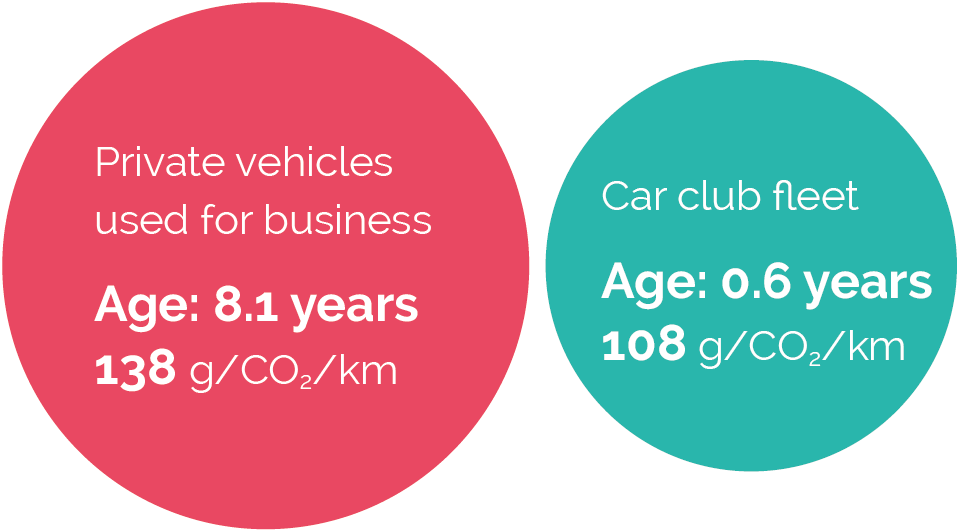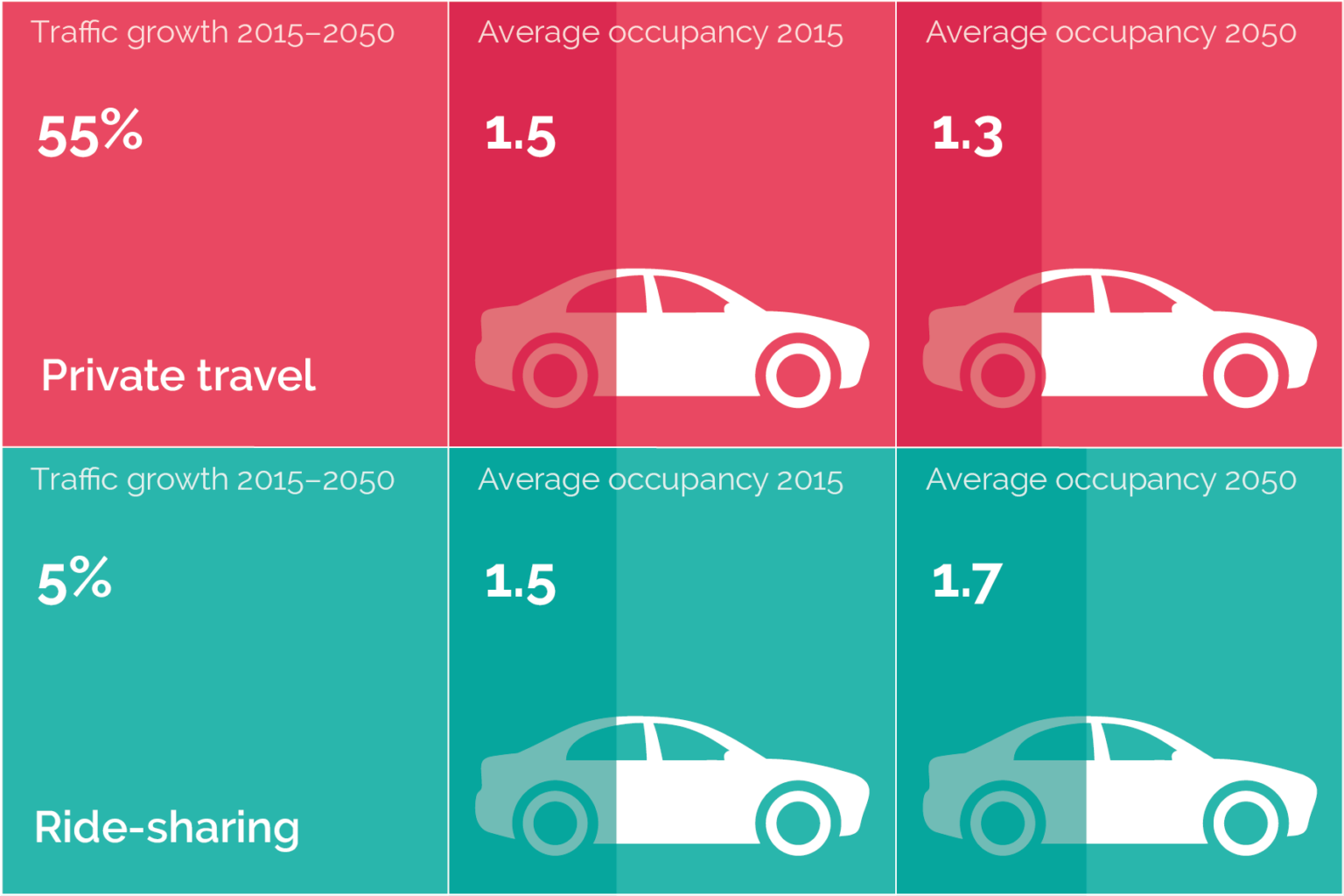The Commission on Travel Demand Shared Mobility Inquiry report launches today, featuring recommendations to increase vehicle occupancy, reduce individual ownership and enhance multi-modal travel.
Take a look at the report and accompanying graphics.
Today CREDS is launching its new report from the Commission on Travel Demand’s Shared Mobility Inquiry at the Smart Transport Conference in Birmingham.
Greg Marsden, CREDS Co-Investigator and Chair of the Commission on Travel Demand, is presenting the report at the conference, which seeks to connect the policies set out by the public sector to the capabilities presented by the private sector through networking, knowledge transfer and debates.
The inquiry focused on shared mobility and the potential to increase the occupancy of vehicles in-use, reduce individual ownership and enhance multi-modal travel. Its overall reflections are that increased shared use of the car, as part of a wider mix of integrated transport options, offers a range of benefits. Of particular importance is the potential to support rapid decarbonisation of transport, but there are also significant potential congestion, financial inclusion and social integration benefits from greater sharing.
See the full report, recommendations and a graphic summarising the main messages.
1. Age & efficiency of fleet

2. The importance of sharing to projected traffic growth

3. Average shared journeys

4. Business as usual projection of growth in car ownership

Image descriptions
Image 1: The average age of private vehicles used for business is 8.1 years, with emissions of 138 g/CO2/km. The average age of car fleets is just 0.6 years, with emissions of 108 g/CO2/km.
Image 2: Shared mobility is critical to decreasing traffic growth in the future – average occupancy for private cars was 1.5 people per car in 2015. Traffic is projected to increase by 55 per cent by 2050 if average occupancy is at 1.3 people per car. If average occupancy through ride-sharing increases to 1.7 people per car, traffic will only increase by 5 per cent.
Image 3: 40 per cent of journeys are already shared, with people on average travelling 1793 miles per year as a passenger, and 1030 miles by bus, rail, underground and coach.
Image 4: In 2018, there were 27 million registered cars on the road in the UK. With a business as usual growth projection, car ownership is expected to rise to 37 to 40.5 million cars by 2050.
Banner photo credit: Christopher Burns on Unsplash
